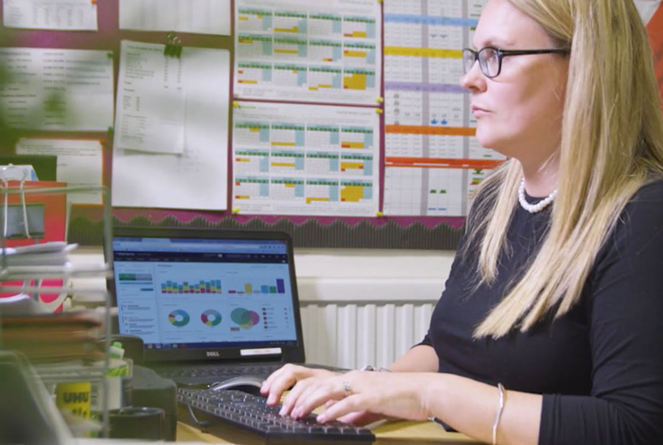A new statutory framework
The introduction of EYFS 2020 has been heralded for a while now. It’s the first major revision since 2012. It strengthens literacy and numeracy outcomes and takes into account the latest evidence in childhood development, and the need for better alignment with the new National Curriculum.
However, though the proposals for changes in Early Learning Goals (ELG) and statutory assessment have been known for some time, the non-statutory curriculum guidance – ‘Development Matters’ (DMs) has only just been published and has some important changes.
What’s changed?
The main changes from the 2012 framework are:
- Literacy goes from two ELGs – Reading and Writing – to three – Comprehension, Word Reading, and Writing
- Mathematics loses Shape, Space and Measure, replaced with Mathematical Patterns
- Understanding of the World has split The World into Past and Present, and The Natural World, while losing Technology
- Personal, Social and Emotional Development now contains Self-Regulation, Building Relationships, and Managing Self, which it has taken from Physical Development
- Physical Development itself has now been split into Fine Motor Skills and Gross Motor Skills
- Communication and Language has lost one ELG, with Understanding now included in Listening, Attention, and Understanding
Statutory assessment of the ELGs will continue, but with some changes:
- External moderation will not continue
- Good Level of Development (GLD) continues (12 ELGs under communication and language, PSED, physical development, mathematics and literacy areas of learning)
- ‘Exceeding’ judgement has been removed
Development Matters
Alongside the new statutory framework ‘Development Matters Non-statutory curriculum guidance for the early years foundation stage’ was also published in September 2020. This document offers a top-level view of how children develop and learn. There are some important differences from the Development Matters we are used to from the EYFS 2012 framework including:
- The familiar month bands (0-11, 8-20, 16-26, 22-36, 30-50, 40-60) have been replaced with birth to three, 3 & 4-year olds (i.e. nursery) and reception
- Development matters are grouped under the 7 areas of learning (AOL) rather than the 17 aspects
- Observation checkpoints have been added to ‘help you to notice’ whether a child is at risk of falling behind in their development.
As can be seen, the broader grouping of DMs by AOL rather than aspect is a significant change in how assessment may be recorded and reported. I suspect that many settings will attempt to split the statements into aspects, as indeed we have done for all of Juniper’s pupil trackers.
The change from month bands to year groups and in particular the lumping of birth to three together may also be problematic – it’s a big age range.
One approach, which we have implemented, is to use the familiar year group names – Pre 0, Pre 1, Pre 2, Pre 3, Nursery and Reception and to repeat the birth to 3 DMs in each of Pre 0, Pre 1, Pre 2 and Pre 3. An electronic tracking solution could provide a way of schools deciding which year group a DM would sit in and that’s what we have done.
What now?
For most schools you have a year to unpick all of this – it’s called EYFS 2020, but becomes statutory from September 2021. The exception is ‘early adopter’ schools who will be using the new framework this year including for their statutory assessment. Many schools will be waiting to see how these early adopters get on before deciding on the way forward.
Find out how Target Tracker is fully supporting EYFS 2020 now by signing up to one of the webinars


/Primary%20school%20.jpg?width=2000&name=Primary%20school%20.jpg)








.png?width=940&height=788&name=Lingfield%20College%20Case%20Study%20(5).png)
-1.png?width=1000&height=833&name=National%20Association%20of%20Head%20Teachers%20(3)-1.png)
-3.png?width=1080&height=1080&name=Untitled%20design%20(10)-3.png)






